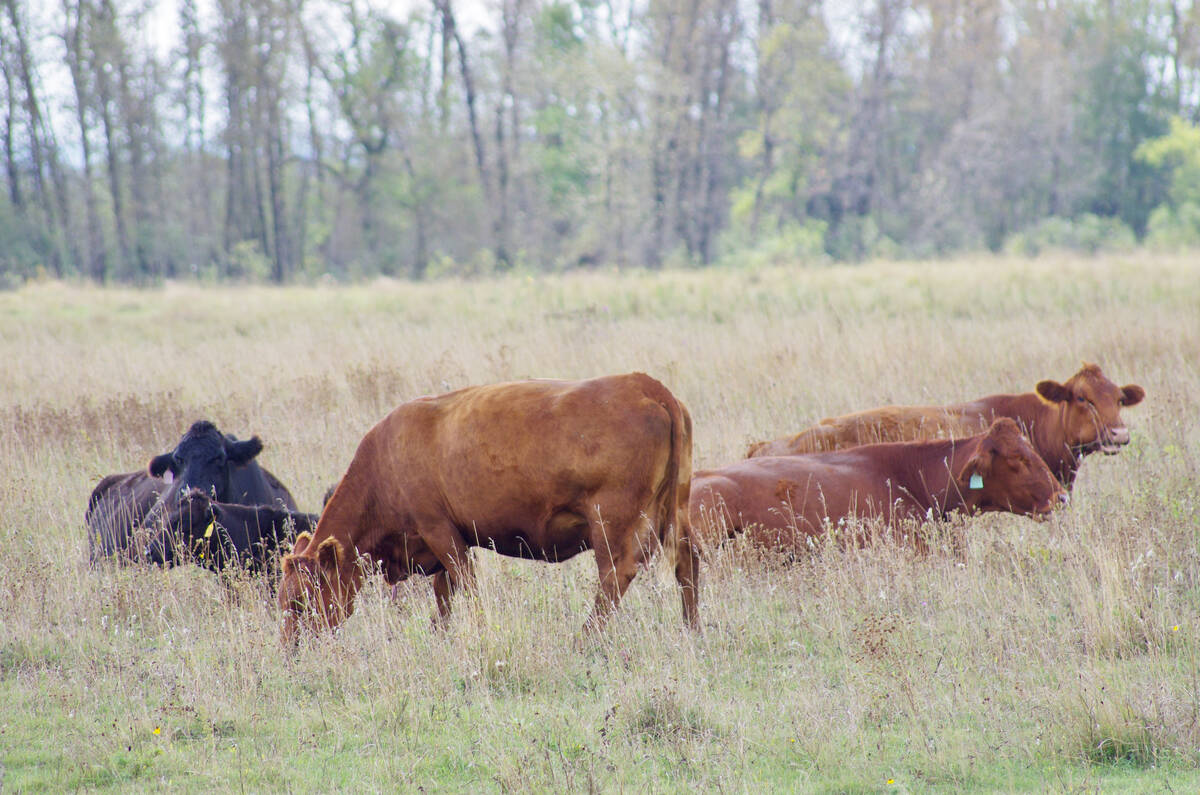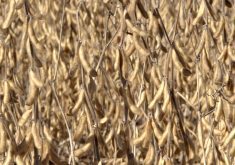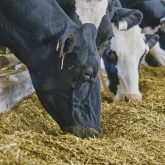Winnipeg/Chicago | Reuters — Canada’s surging exports of protein-rich skim milk powder have angered farmers in the U.S., as the sheltered dairy sector in Canada draws the ire of U.S. President Donald Trump for its high tariffs.
Canada cannot expect to have both a protected system and compete globally, U.S. Dairy Export Council CEO Tom Vilsack said in an interview.
“They have decided to go significantly into the export market by undercutting the world price for milk powder,” said Vilsack, who was U.S. agriculture secretary under former President Barack Obama.
Read Also

U.S. livestock: Chicago cattle futures climb on post-Thanksgiving trade
Chicago | Reuters – Chicago Mercantile Exchange’s live and feeder cattle futures ticked up on Friday in a day of…
Canadian exports of skim milk powder more than tripled to 71,880 tonnes in 2017 from a year earlier, worth $173 million, according to Statistics Canada data. Still, Canada accounts for less than three per cent of global trade, according to Agri-Food Economic Systems.
Canada controls dairy supplies and prices and limits imports through high tariffs and has been long criticized by dairy-producing countries such as the U.S. and New Zealand. It recently become the main target of Trump’s verbal attacks on Canada amid talks toward a new trade agreement.
Dairy farmers have an outsized influence in Canadian politics, as they are concentrated in the vote-rich provinces of Ontario and Quebec.
Their main lobby group, Dairy Farmers of Canada (DFC), met privately with Prime Minister Justin Trudeau on Tuesday and left feeling comforted.
“He clearly understands our concerns. He stated that not only does he support supply management, he is also committed to our dairy farmers, and a robust dairy sector,” said DFC president Pierre Lampron.
Faced with fast-rising volumes of U.S. milk proteins not subject to high tariffs into Canada, Canadian processors and farmers implemented a new pricing system, called Class 7, for milk ingredients starting in 2016.
The new class allowed processors to produce skim milk powder at a low enough price to compete globally.
“They are essentially transferring the problems that are created by their system,” Vilsack said.
The underlying reason for Canada’s new price class is that demand for butterfat, used to make butter and cream, is outpacing that of dairy proteins – leaving processors with surpluses of the latter.
Mathieu Frigon, chief executive of the Dairy Processors Association of Canada, whose members include Saputo and Parmalat Canada, said he was surprised by the U.S. complaints.
“If we talk about contradiction, the U.S. faces the same issue,” Frigon said, adding the U.S. also limited dairy imports with high tariffs, albeit much lower than Canada’s. “It’s not like their market is wide open.”
The U.S. ships five times more dairy to Canada than vice-versa, Frigon said.
U.S. concerns about Class 7 are overblown, said Al Mussell, research lead at Canadian think tank Agri-Food Economic Systems
Canadian sales are “a drop in the bucket,” and while skim milk exports grew fast, that growth cannot continue because Canada’s system restricts production, Mussell said.
— Reporting for Reuters by Rod Nickel in Winnipeg and Julie Ingwersen in Chicago.















